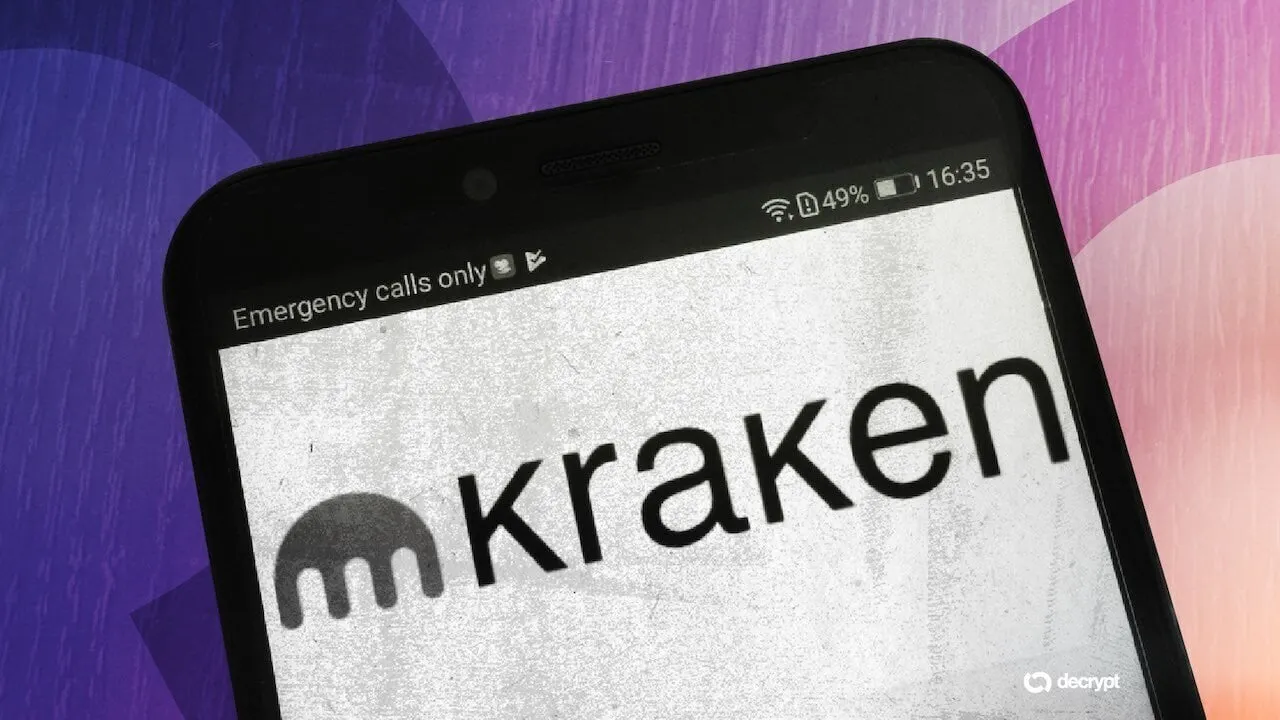A new threat report published last week by European law enforcement agency Europol found that cryptocurrencies continue to play a major role in cybercrime, and that criminals now “routinely target crypto-assets and enterprises.”
The report, called the “Internet Organised Crime Threat Assessment” (IOCTA), found that crypto continues to pose problems for law enforcement, both in underground economies and through hacking attacks.
“Global uptakes of digital currencies, combined with proliferation of AI-based applications, are gradually becoming the main means of exchanging goods and services,” said Professor Babak Akhgar, director of Centric.

UK police set up boot camp for crypto-sleuths
Police are finally catching on: some criminals love cyptocurrencies. Or so says the UK’s City of London police department, which in August will start teaching cryptophobic officers how to trace dirty money across the blockchain. While forces worldwide are stepping up their efforts to track cryptocurrency and expose its principal abusers, the UK police department is the first to introduce a hands-on practical training program for rank-and-file officers. Others have been less ambitious; for its pa...
The report recommends that law enforcement agencies should partner with cryptocrypto businesses and academics “to more effectively tackle issues posed by cryptocurrencies during investigations.” It also noted that despite the uptake in privacy coins like Monero, BitcoinBitcoin still remains the currency of choice for criminals.
Cyber-criminals’ techniques are evolving, said the report. Despite cryptojacking—the phenomenon whereby malware forces unsuspecting victim’s computers to mine for crypto, usually through browsers—playing a major role in previous reports, the report “found no representation of this phenomenon in law enforcement reporting from 2018,” and that, “apart from the occasional exceptional case, [crypto-jacking] is likely to remain a low-priority threat for EU law enforcement.”
Although there's some confusion over whether cryptojacking is on the rise or not, law enforcement agencies are starting to get themselves up to speed with cryptocurrency in a broad sense; last year, the UK police set up a boot camp for officers to educate them on the ins and outs of crypto.
Just as well, because as far as cybercrime is concerned, it’s out with the old, and in with the new. The report suggests that, “We will see more financially motivated APT [Advanced Persistent Threat]-style cybercrime gangs shift their focus to any entity with large cryptocurrency assets — hacking exchanges and manipulating the blockchain with 51% attacks.”
Yikes, be safe out there, gang!




